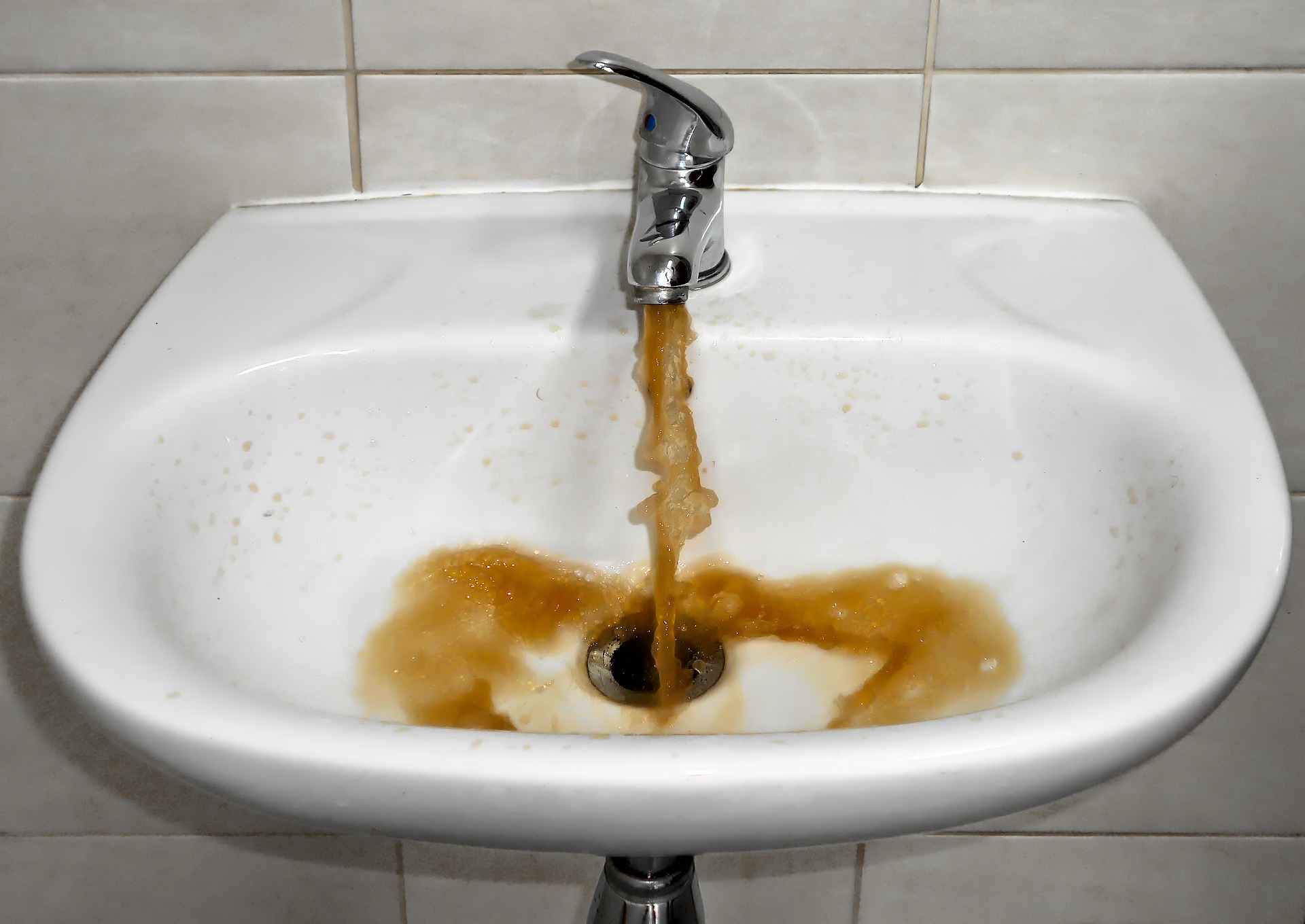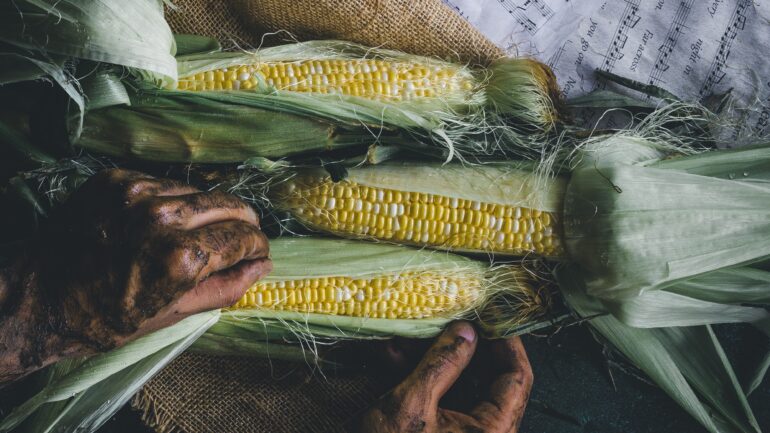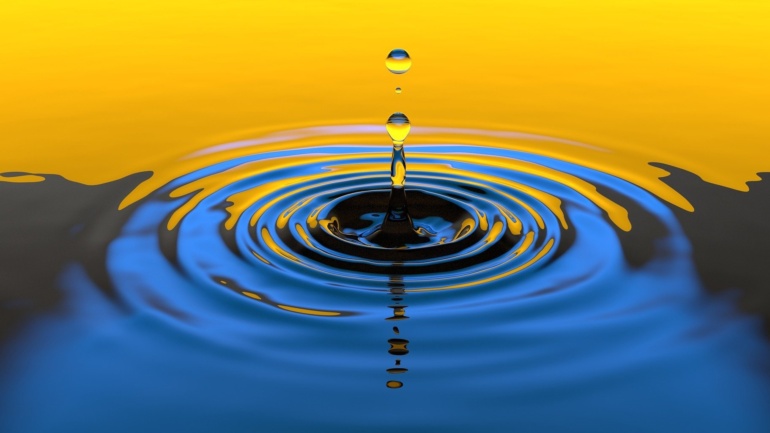By Anam Chohan, Staff Writer & Researcher for Save The Water™ | December 3, 2019, Updated December 18, 2021
Minimal Acceptable Level
The EPA has determined the lowest safe level of lead in drinking water is zero. This is because lead is one of the most toxic elements that affects human health even at minimal levels.1 Additionally, Health Canada and the World Health Organization agree. As with most contaminants, young children, babies, and fetuses are at a much higher risk than adults to be effected by lead contamination.
Lead Levels Exceeding Guidelines
Despite these guidelines, major Canadian cities have been recently investigated and found to exceed safe levels of lead, affecting about 500,000 homes across Canada.2
Some news agencies are comparing the lead levels in the city of Montreal to the controversial levels in the case of Flint, Michigan. Montreal has levels exceeding five parts per billion (5ppb) which is the guideline in Canada.3 Additionally, Canada does not have a national drinking water standard. Canada leaves it to the provinces to set their own regulations based on the recommended federal guidelines.4
The highest levels were found in Prince Rupert, British Columbia, with samples drawn after 6 hour stagnation returning levels 80% above 5ppb.5
This news comes after it was also discovered that over 40% of US public schools in 24 states have dangerously high levels of lead contamination in their water fountains.
Related reading: Benton Harbor Lead Pollution Highlights Outdated Water Infrastructure
Incorrect Sampling Methods
Unfortunately, the problem is amplified by the old or simply misleading methods used for water testing by city municipalities over the past decades. City officials carrying out the tests run the water for 5 minutes to flush out the pipes before collecting samples for investigation. Consequently, this does not give a true representation of residents’ exposure to lead.6
We know that leeching of lead into old pipes and public service lines are the main cause of contamination in water. However, municipalities do not have the resources to sift through thousands of paper documents to know the location of lead pipes in order for them to be removed. Sadly, officials can only provide estimates.5
Health Effects of Lead Exposure
The Guidelines for Canadian Drinking Water Quality set the maximum acceptable concentrations (MAC) at 5ppb. Moreover, they have determined that exposure leads to reduced intelligence in children, as well as reduced cognition, increased blood pressure, and renal dysfunction in adults.7
Additionally, it is classified as probably carcinogenic to humans. At current exposure levels in Montreal, this means that two in 1,000 children will be intellectually disabled.3
Solutions for your Home
- Lead testing kits can be picked up from some cities for free to determine levels in a resident’s water supply.8
- It is also good practice to use cold tap water as hot water has higher corrosion effect in pipes.9
- Flushing the water for a minute or two before consuming it directly from the tap can also significantly reduce contaminant levels.
- Filtration systems with NSF certifications standard 53 and 58 and reverse osmosis water filtration systems remove lead and other toxins and should be installed in homes.10
- Also, consider bottled water for high risk people such as young children and pregnant women.
- Removing service lines entirely is the ultimate solution to lead contamination in drinking water. While some cities started adding orthophosphate in water that coats the insides of pipes preventing any further lead dissolving, it might be too late for this to work for others.3
- Finally, contact your city officials and legislators and urge them to direct funding towards health standards.
References
- United States Environmental Protection Agency. 2019. “Basic Information about Lead in Drinking Water.” (https://www.epa.gov/ground-water-and-drinking-water/basic-information-about-lead-drinking-water)
- House of Commons, Parliament of Canada. February 7 2017. “Lead in Drinking Water” Committee Report. (https://www.ourcommons.ca/DocumentViewer/en/42-1/TRAN/report-21/)
- The World Staff. November 6, 2019. “Lead levels in Montreal water comparable to Flint”. PRI. (https://www.pri.org/stories/2019-11-05/lead-levels-montreal-water-comparable-flint)
- BBC. 4 November 2019. Lead levels in Canadian water ‘exceed safe limit’ in a third of cases. BBC News. (https://www.bbc.com/news/world-us-canada-50293527)
- Global News, Toronto Star and Institute for Investigative Journalism. 5 November, 2019. “Is Canada’s tap water safe? Thousands of test results show high lead levels across the country” Global News. (https://globalnews.ca/news/6114854/canada-tapwater-high-lead-levels-investigation/)
- Robert Cribb et all. 4 November 2019. “Flushing taps before testing for lead produces misleading results. So why is Toronto telling residents to do it?” The Star. (https://www.thestar.com/news/investigations/2019/11/04/flushing-taps-before-testing-for-lead-produces-misleading-results-so-why-is-toronto-telling-residents-to-do-it.html)
- Health Canada. June 2019. Guidelines for Canadian Drinking Water Quality Summary Table. (https://www.canada.ca/content/dam/hc-sc/migration/hc-sc/ewh-semt/alt_formats/pdf/pubs/water-eau/sum_guide-res_recom/sum_guide-res_recom-eng.pdf)
- City of Toronto. 2019. Lead Testing for Residents. (https://www.toronto.ca/services-payments/water-environment/tap-water-in-toronto/lead-drinking-water/lead-testing-for-residents/)
- Courtney Lindwall. 30 April, 2018. “How to Protect Yourself From Lead-Contaminated Water.” NRDC. (https://www.nrdc.org/stories/how-protect-yourself-lead-contaminated-water)
- The Public Health and Safety Organization. November 2019. Certified Product Listings for Lead Reduction. (http://info.nsf.org/Certified/DWTU/listings_leadreduction.asp?ProductFunction=053%7cLead+Reduction&ProductFunction=058%7cLead+Reduction&ProductType=&submit2=Search)





